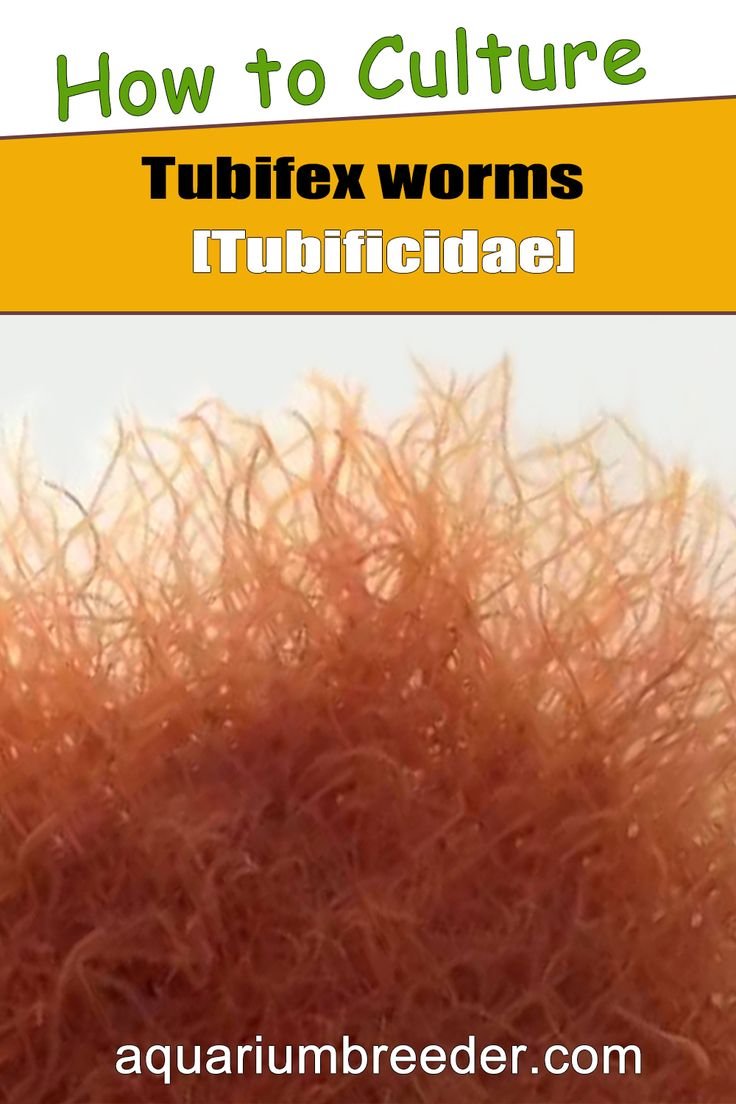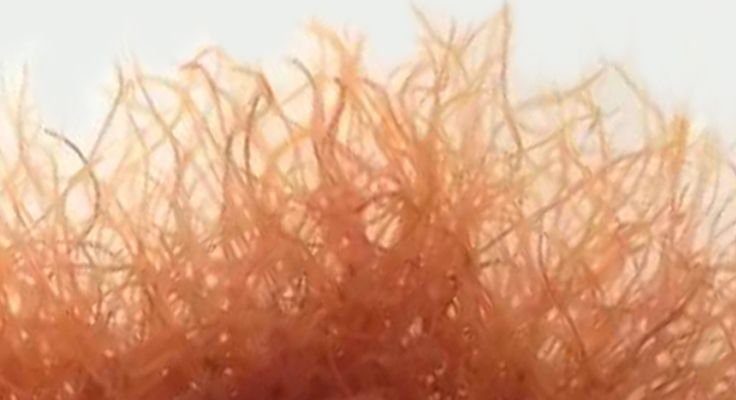
Identifying a tubifex worm isn’t as complicated as it might seem. It just takes a little observation and knowledge about their specific features. Much like recognizing your favorite coffee blend, it involves getting to know their unique traits and behaviors. So, let’s dive into the world of tubifex worms and explore how to spot them out in the wild.
What Are Tubifex Worms?
Tubifex worms belong to the family Tubificidae, and they’re often found in freshwater environments, especially in muddy or silty bottoms. These worms can be recognized by their long, slender bodies, which can grow up to four inches in length. They usually have a reddish-brown or pink coloration, which camouflages them well in their murky homes.
You might wonder why these worms matter. Well, they play a crucial role in the ecosystem by breaking down organic matter in the mud. They’re like nature’s recyclers, turning waste into nutrients that other creatures can use. Plus, they serve as an important food source for fish and other aquatic animals. So, the next time you see a tubifex worm, remember that it’s not just a worm; it’s part of a larger web of life!
Where to Find Tubifex Worms
Tubifex worms thrive in specific environments. You’ll typically find them in freshwater bodies like ponds, rivers, and lakes, particularly in areas with plenty of organic sediment. They prefer low-oxygen conditions, making the muddy bottoms of these waters their happy place. Keep an eye out for areas that are rich in decaying plant material or where water flows slowly.
Here are some key spots to check:
- Mud flats: Look for shallow areas where soil mixes with water.
- Stagnant pools: Check any still water after rain or at the edges of lakes.
- Filtration systems: Sometimes, tubifex worms can be found in biofilters in aquariums or ponds.
Being patient and observant is key. You might not see them right away, as they often hide beneath the sediment, waiting for the right moment to surface.
Identifying Characteristics of Tubifex Worms
Now that you know where to look, let’s talk about the features that will help you identify tubifex worms when you find them. These worms have distinct characteristics that set them apart from other aquatic creatures.
First, take note of their size and color. Tubifex worms can grow between 2 to 4 inches in length, with a cylindrical shape. They have a reddish-brown to pink hue, which helps them blend into their surroundings.
Next, observe their movement. When disturbed, they can wiggle and quickly swim through the water, often appearing like tiny, writhing spaghetti. This unique movement is a sure giveaway of their identity.
You might also notice their segmentations. These worms are made up of many segments, which can sometimes give them a slightly banded appearance. This segmentation is an essential characteristic of worms in the annelid family, which includes tubifex.
Behavior and Habitat Preferences
Understanding the behavior and habitat preferences of tubifex worms can significantly improve your chances of spotting them. These worms are most active when the water temperatures are moderate, typically between 15-20°C (59-68°F). They thrive in areas rich in organic material, where they can consume detritus—decaying matter.
During your search, pay attention to bubbles rising from the sediment. Tubifex worms often release gases as they break down organic material. These bubbles can help you locate them. Sometimes, you might even see small clouds of sediment being disturbed in the water, indicating their presence.
You might also wonder what makes them tick. Tubifex worms have an impressive ability to tolerate low oxygen levels, which is why they can often be found in stagnant or polluted waters. Their unique adaptations make them a resilient part of the ecosystem.
Tips for Spotting Tubifex Worms
If you’re eager to spot tubifex worms in their natural habitat, here are some handy tips to help you on your quest:
- Bring a net: A small net can help you gently scoop them from the mud without harming them.
- Search during calm moments: Early morning or late evening can be ideal times when they are more active.
- Look for movement: Keep an eye out for any small, wriggling movements in the water or sediment.
Additionally, be respectful of their environment. Try to avoid disturbing areas excessively, as tubifex worms play a vital role in their ecosystem. Observing them carefully will increase your chances of a successful sighting and deepen your appreciation for these remarkable creatures.
Why Identifying Tubifex Worms Matters
You might be asking yourself, “Why should I bother learning about tubifex worms?” Well, aside from the thrill of spotting them, understanding these worms can teach us about water quality and ecosystem health. Their presence (or absence) often reflects the conditions of the water body they inhabit.
In many cases, tubifex worms can indicate pollution or sedimentation levels. For eco-enthusiasts or researchers, being able to identify them can serve as an important tool for monitoring environmental changes. Plus, they are significant in aquaculture; many fish species rely on them as a food source.
So, the next time you’re out exploring and notice these fascinating worms, you’re not just observing a creature; you’re witnessing a vital part of the ecosystem that connects to various elements of nature.
Identifying a tubifex worm in its natural habitat is not just about being able to point and say, “There’s one!” It’s about connecting with nature and appreciating the roles these little creatures play in their ecosystems. With a little patience and knowledge, you can enhance your outdoor adventures and enrich your understanding of aquatic life.
So grab your gear, head out into the wild, and keep your eyes peeled. Who knows? You might just find a tubifex worm wriggling in the mud, adding another piece to your nature exploration puzzle. Happy hunting!

